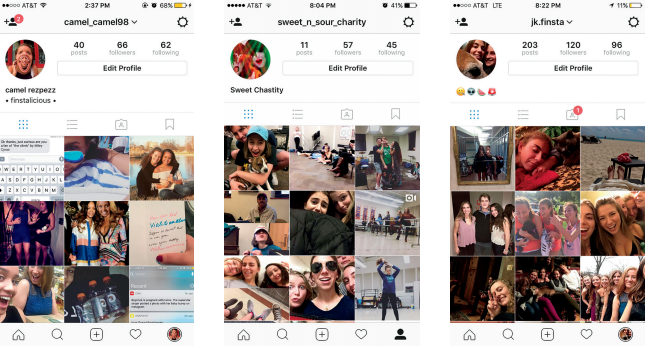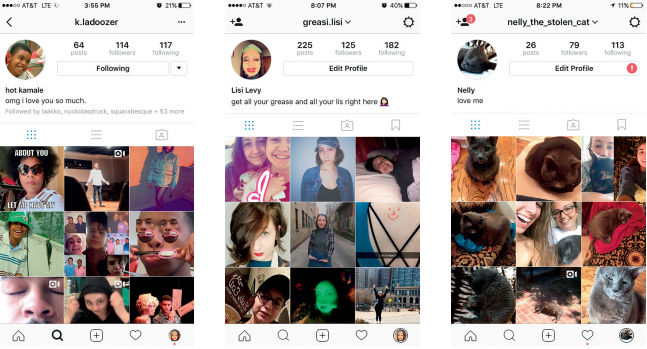Without a doubt, the Internet grows vaster every day. It seems every second we are clicking, tweeting, posting, commenting and replying. We can’t put our phones down.
The emergence of finsta culture or “Fake Instagrams” is a part of this growth. To be easily defined, a finsta is a social media platform which more and more teenagers are creating to expose their “real selves.”
Optimistically, these accounts are permeated with funny pictures, inside jokes and candid moments of daily life. Yet, if you take a closer look, finstas can contain a little bit of darkness. Not only do people take the opportunity to rant and complain about their so called “problems,” but these accounts can swiftly shapeshift into hidden forms of hate speech. What some may call teen angst, others may call cyberbullying.
I cannot speak for all finstas, yet if this is the account that represents “the real you,” what message does that send? The phrase finsta itself is derived from the word fake. So, if this is a phony account, but it is exposing the real you, what does that say about you as a person? Thus, is the content on your main account an accurate representation of your and your life? I can’t help but acknowledge the irony of these fake accounts that expose the real you.
In an article by Valeriya Safronova, in the New York Times called “On Fake Instagram, a Chance to Be Real,” Trinity College student Amy Wesson talks about her finsta: “You post things you wouldn’t want people other than your friends to see, like unattractive pictures, random stories about your day and drunk pictures from parties.”
Yet, if you wouldn’t want anybody but friends to see this photo or this caption, should you be posting it at all?
Over the past decade, there has been endless talk about the diminishing amount of privacy in one’s life due to the development of technology and the obliviousness of its users. Now more than ever, our lives are public. You may think you know how Instagram or Snapchat works and who is on the other side of that screen, but there is no real certainty to that assumption.
Privacy implies confidentiality. Confidentiality is to be respected, kept from the public eye.
So do you want to be public or private? Are you going to be upfront with your followers, who should be your friends, or are you perpetuating a fake version of yourself?



